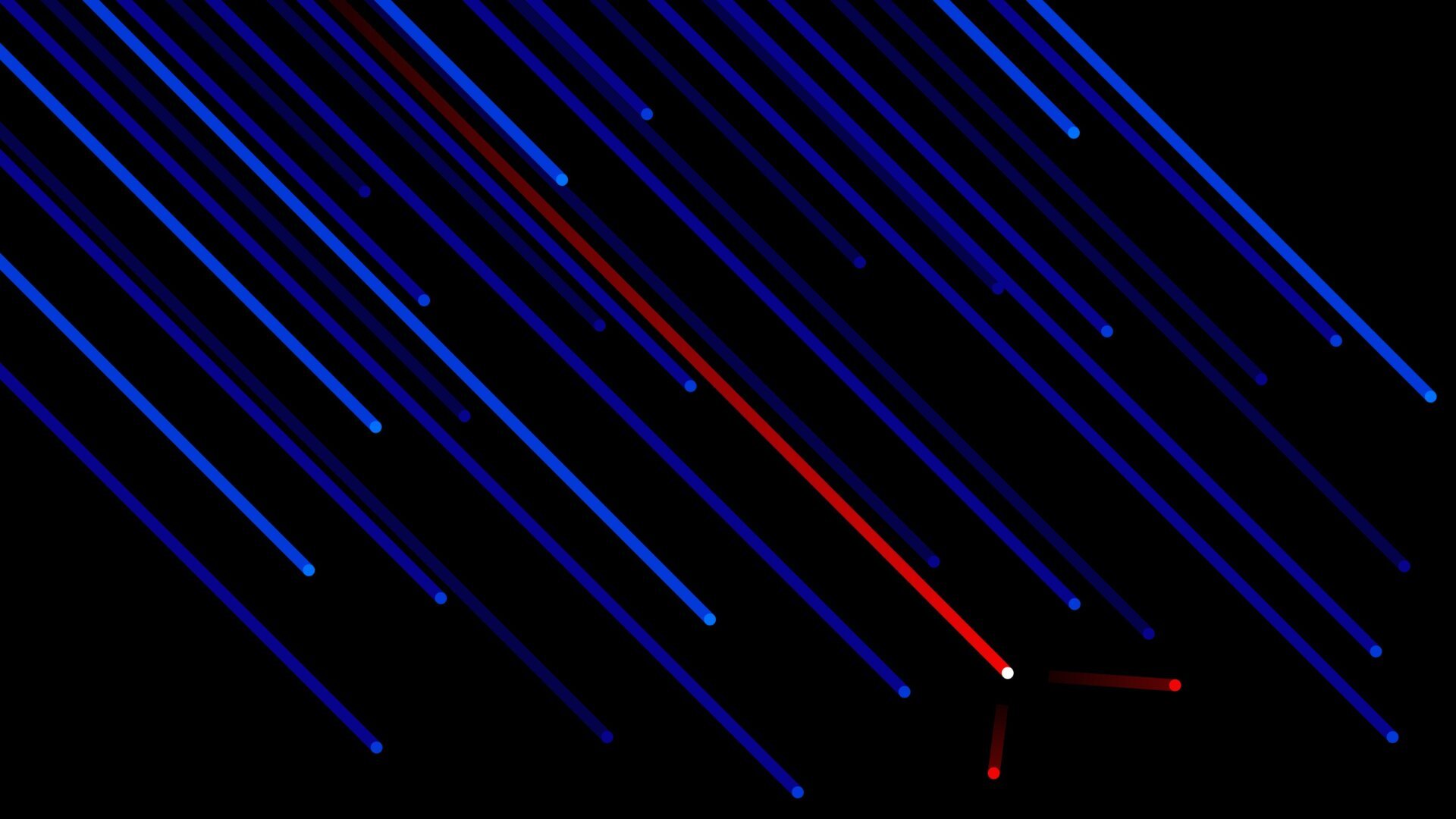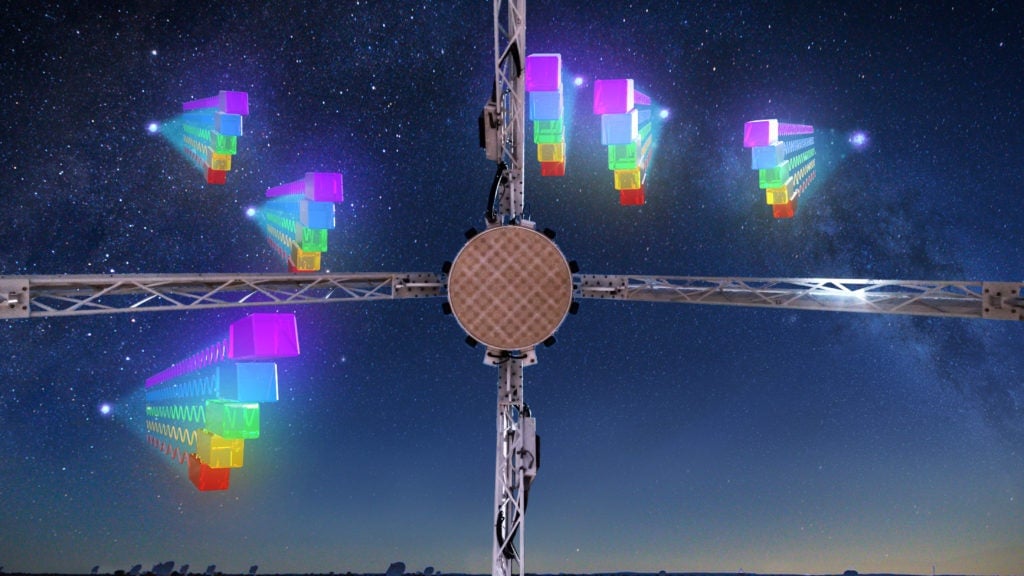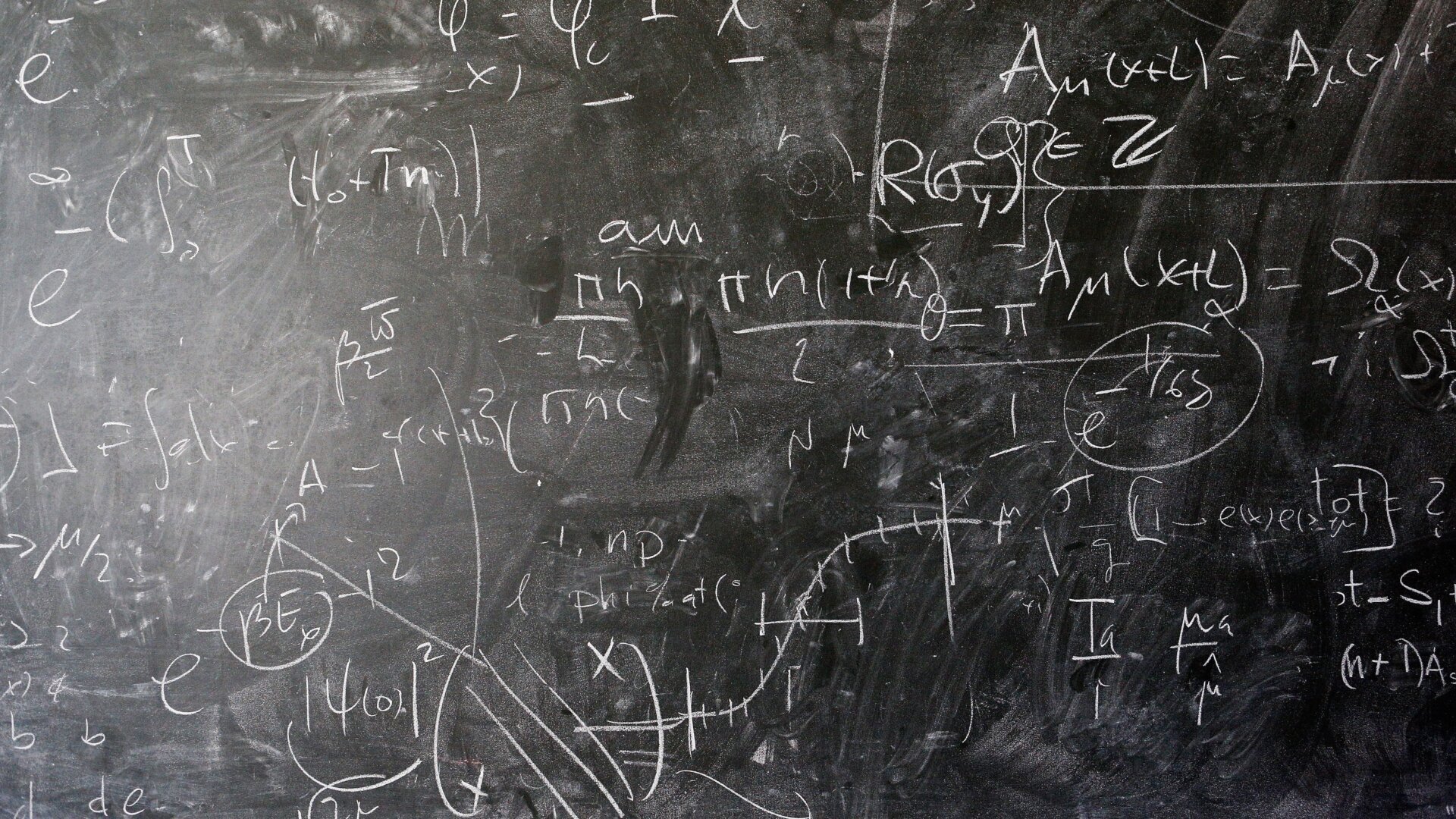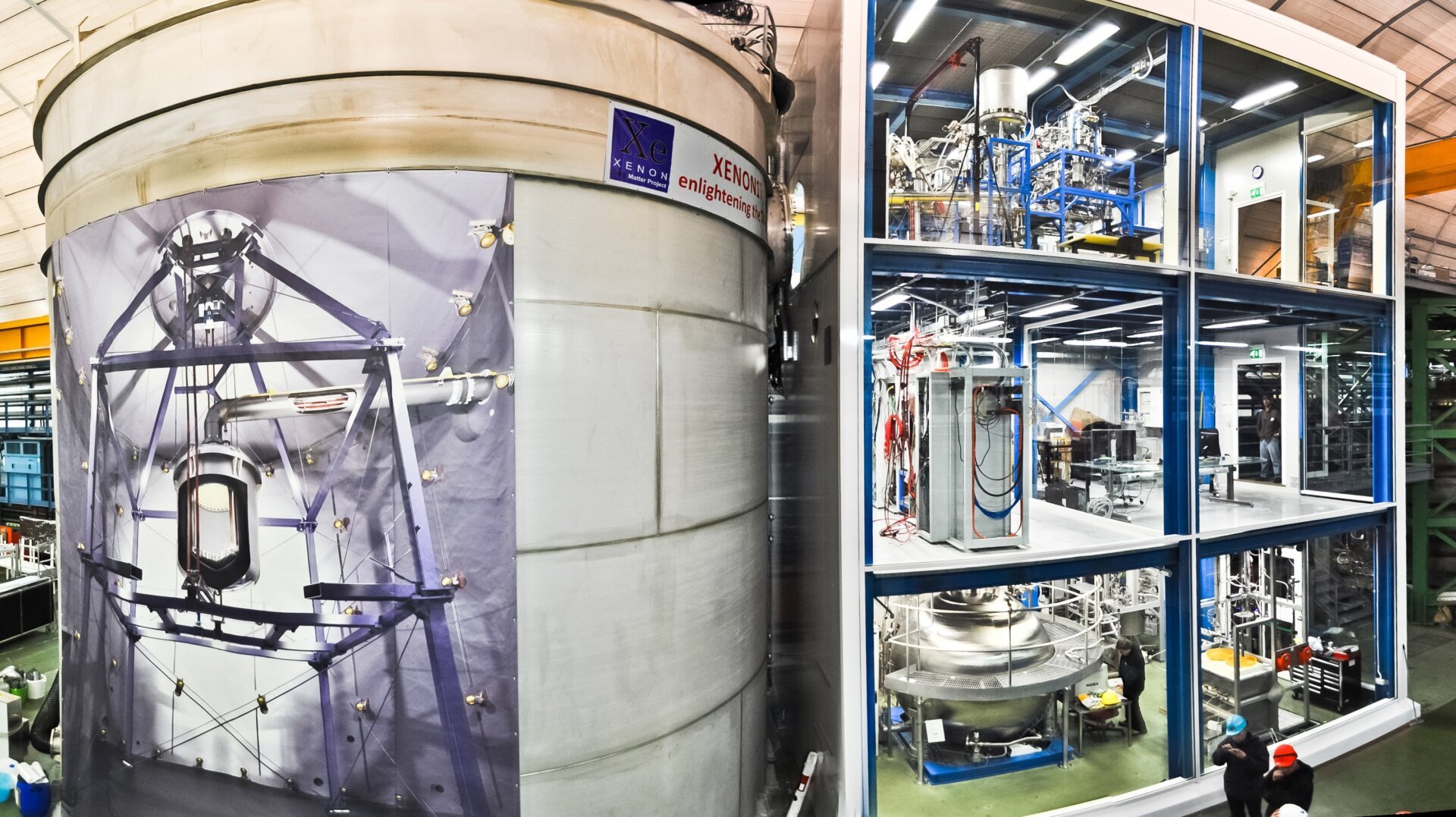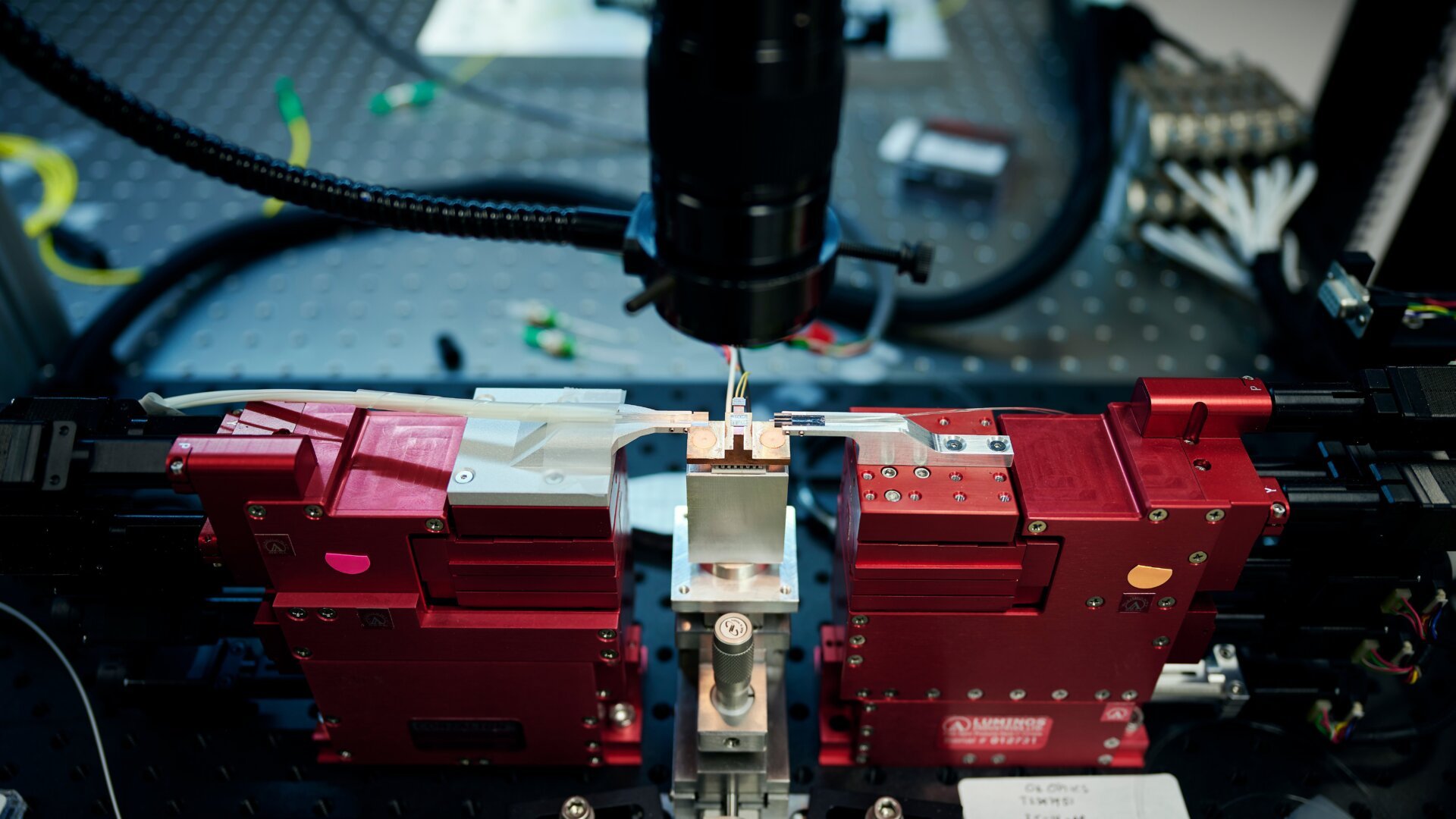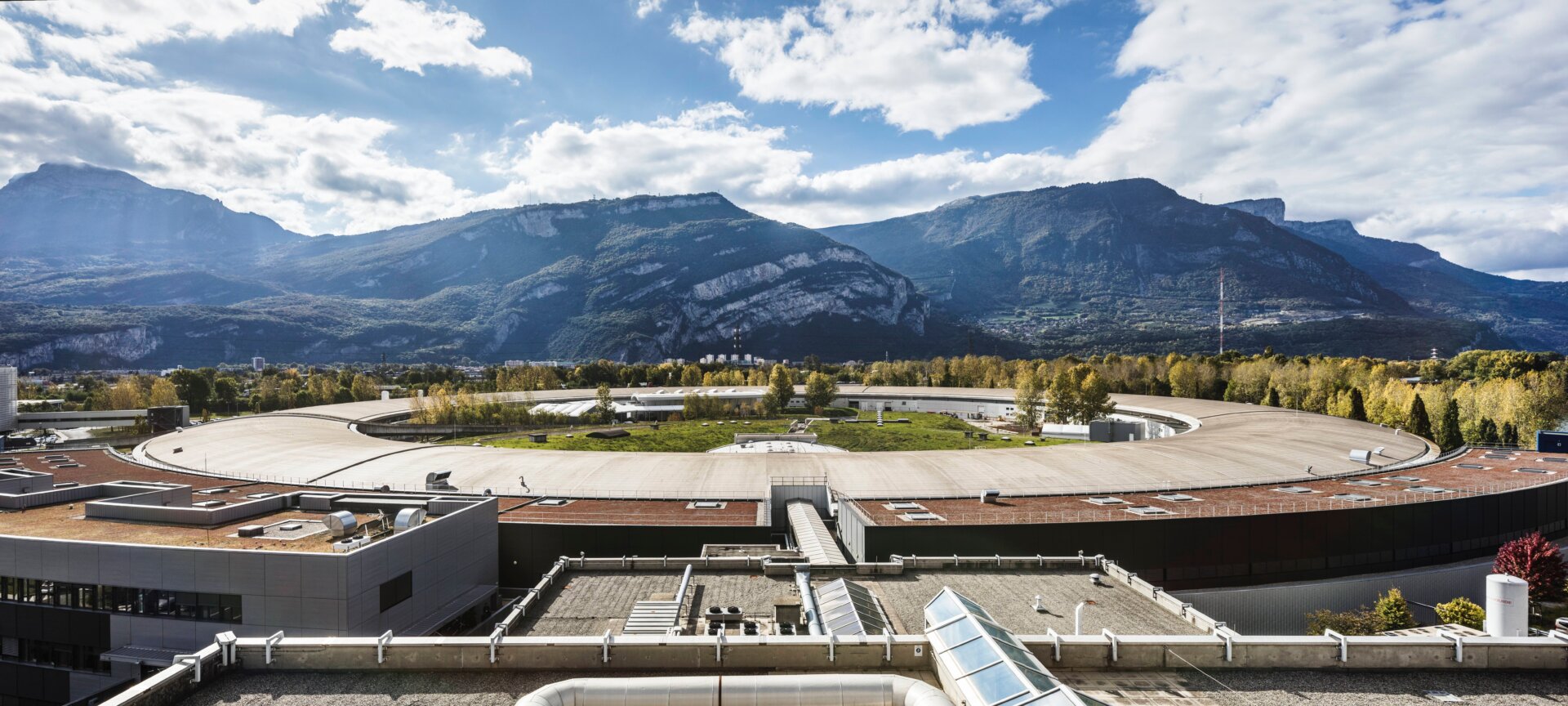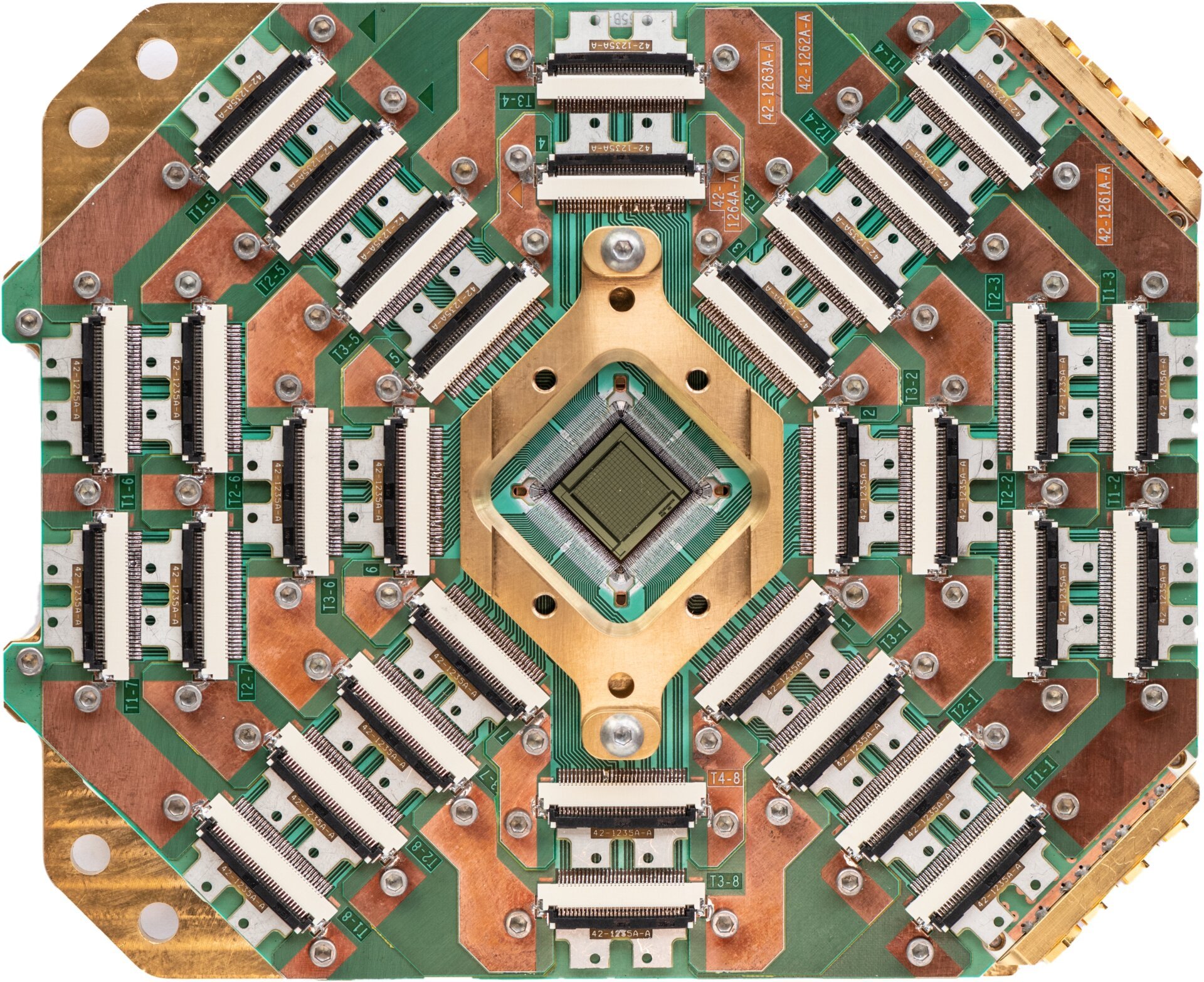Nearly 14 billion years ago, our universe burst into existence in an incomprehensible explosion of energy. From this primordial energy, particles, and their antiparticle counterparts, emerged. Antiparticles are mirror images of their corresponding particles, possessing opposite electric charges. Scientists theorize that every particle had an antiparticle, and upon collision, these pairs would annihilate each other.
However, a perplexing mystery remains: why is there matter at all? If particles and antiparticles were created in equal measure and annihilated upon contact, the universe should be empty. The answer, physicists suspect, lies within the neutrino, one of the most elusive and abundant particles in the cosmos.
Neutrinos are fundamental particles with almost no mass, interacting very weakly with other matter. Billions of neutrinos pass through us every second, originating from the sun, distant supernovae, and even the Big Bang itself. Their ghost-like nature makes them incredibly difficult to detect and study.
The United States is investing heavily in neutrino research, with projects like the Deep Underground Neutrino Experiment (DUNE) at the forefront. DUNE aims to unlock the secrets of neutrinos by firing a beam of these particles through 800 miles of earth from Fermilab, near Chicago, to the Sanford Underground Research Facility in South Dakota. Massive detectors, filled with liquid argon, will capture the rare interactions of neutrinos, providing valuable data on their properties and behavior.
DUNE’s primary goal is to observe neutrino oscillations, a phenomenon where neutrinos change “flavor” as they travel. There are three known neutrino flavors: electron, muon, and tau. Understanding these oscillations could reveal crucial information about the imbalance between matter and antimatter in the early universe.
Specifically, DUNE will explore whether neutrinos and antineutrinos oscillate differently. A difference in oscillation rates could explain why matter prevailed over antimatter, leading to the universe we observe today. Furthermore, DUNE will probe other neutrino properties, including their mass hierarchy and whether they are their own antiparticles.
The research conducted at DUNE has the potential to revolutionize our understanding of fundamental physics. Unraveling the mysteries of neutrinos could shed light on the origin of matter, the evolution of the universe, and the nature of space and time itself. It is a high-stakes gamble, but one with the potential to unlock some of the universe’s deepest secrets.
In conclusion, the neutrino, despite its elusive nature, holds the key to understanding fundamental questions about our universe. The United States’ investment in projects like DUNE represents a significant commitment to unraveling these mysteries. By studying neutrino oscillations and other properties, scientists hope to gain insights into the matter-antimatter asymmetry and potentially rewrite our understanding of the cosmos. The results from DUNE are eagerly awaited, as they could usher in a new era in particle physics.



